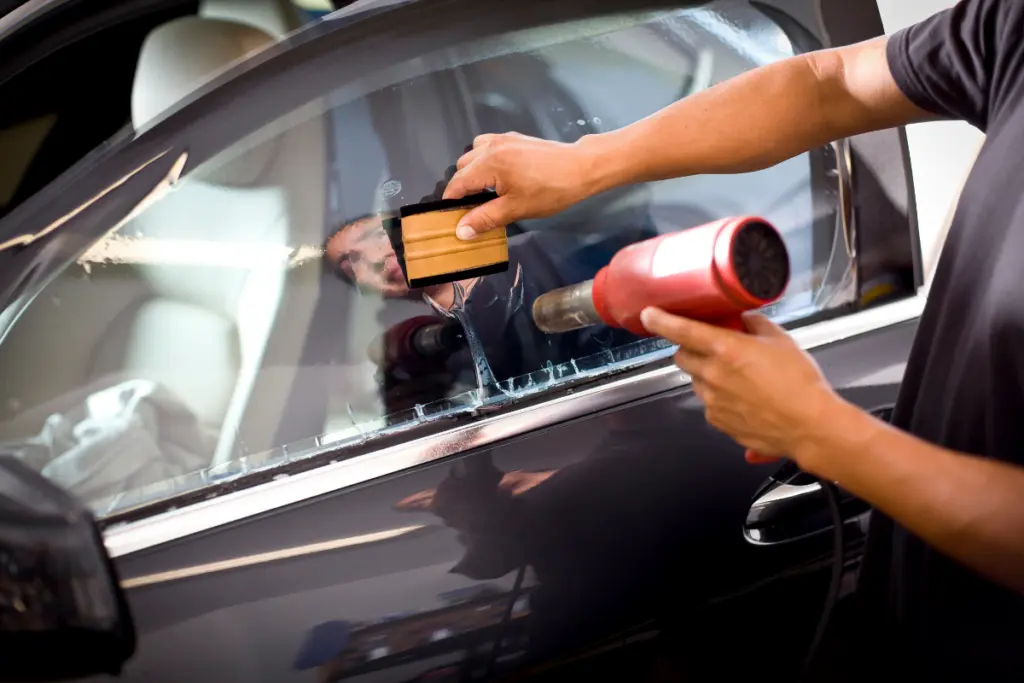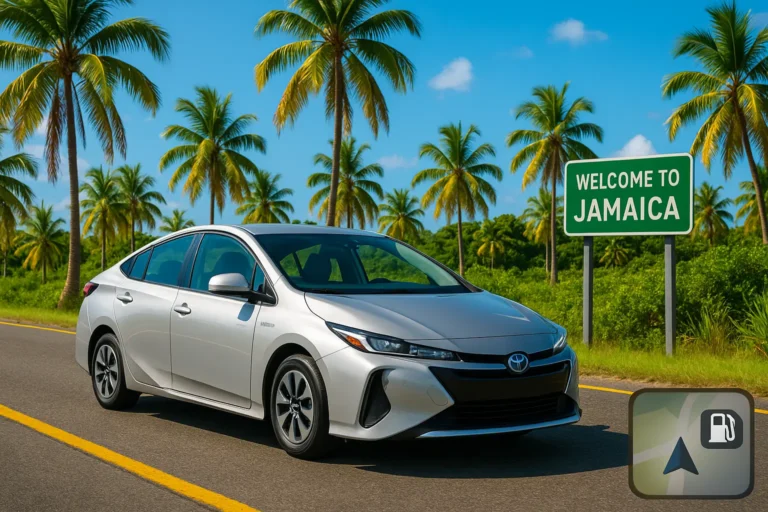How to Stay Compliant with Nevada’s Window Tint Regulations
Tinted windows can make your car look sleek and keep the interior cool, which is ideal for the Nevada heat. Tint also provides privacy, which is ideal. But in Nevada, there are specific rules about how dark it can go.
If the tint is too dark and doesn’t adhere to the Nevada window tint law, you could face fines or even be forced to remove it. Keep reading to understand Nevada’s window tint laws.

The Basics of Nevada’s Window Tint Rules
Nevada’s laws are based on something called Visible Light Transmission (VLT). This refers to how much visible light passes through your windows through the tint. The lower the percentage, the darker the tint.
According to Nevada’s law:
- Frontside windows must allow more than 35% of light in.
- Backside windows can have any tint level.
- The rear window can also have any tint level.
- The windshield can have a non-reflective tint strip along the top, above the AS-1 line, or the top 5 inches. It should also have 35% VLT and should not obstruct the driver’s view.
It is also important to know that reflective or mirror-like tints are not allowed. Some colors, like blue, red, and yellow, are also restricted.
What If You Need a Darker Tint for Medical Reasons?
Nevada does allow medical exemptions for people who are sensitive to sunlight or have certain conditions. However, to qualify for this, you will need a note from your doctor and approval from the Nevada Department of Motor Vehicles (DMV).
Even with a medical exemption, you still need to follow some rules. For example, you might still be limited on how reflective the tint can be. It is best to keep your exemption paperwork in your car just in case a police officer pulls you over.
Other exempted vehicles include government motorcades and medical cars. Also, cars manufactured before 1999 are exempt because glass technology was very different back then. However, there are very few cars manufactured in the 90s currently on the road.
Common Mistakes That Can Get You in Trouble
One big mistake drivers make is installing tint that is legal in another state but too dark for Nevada. Another is applying aftermarket tint without checking how much light is blocked. Even though Nevada doesn’t require a certification sticker to be placed on tinted windows, it’s better for drivers to have the certification on hand.
How to Make Sure You Are Following Nevada Tint Laws
If you are thinking about getting your windows tinted or already have tint and are not sure if it is legal, here are some tips:
- Use a professional tint installer who is familiar with Nevada’s laws. Even a tint that appears too light to you may not meet the required standards.
- Have your tint tested with a VLT meter to make sure it complies with the required percentages.
- Double-check your tint every few years, especially if you buy a used car that has aftermarket tint.
- Keep your medical exemption documents in the car.
Staying informed and on the safe side can save you money and hassle in the long run.
What Happens If You Don’t Follow the Tint Rules?
Driving with illegal tint in Nevada can result in a ticket or fine. You can be fined up to $1000, and in some cases, you may be ordered to remove or replace the tint before your next inspection.
Conclusion
Window tinting is a great addition to your car, especially under the Nevada heat, but only if it is done within the limits of the law. Nevada has clear rules about what is allowed, and it is your responsibility to stay compliant. If you are unsure whether your tint meets the requirements, talk to a professional to avoid problems.






